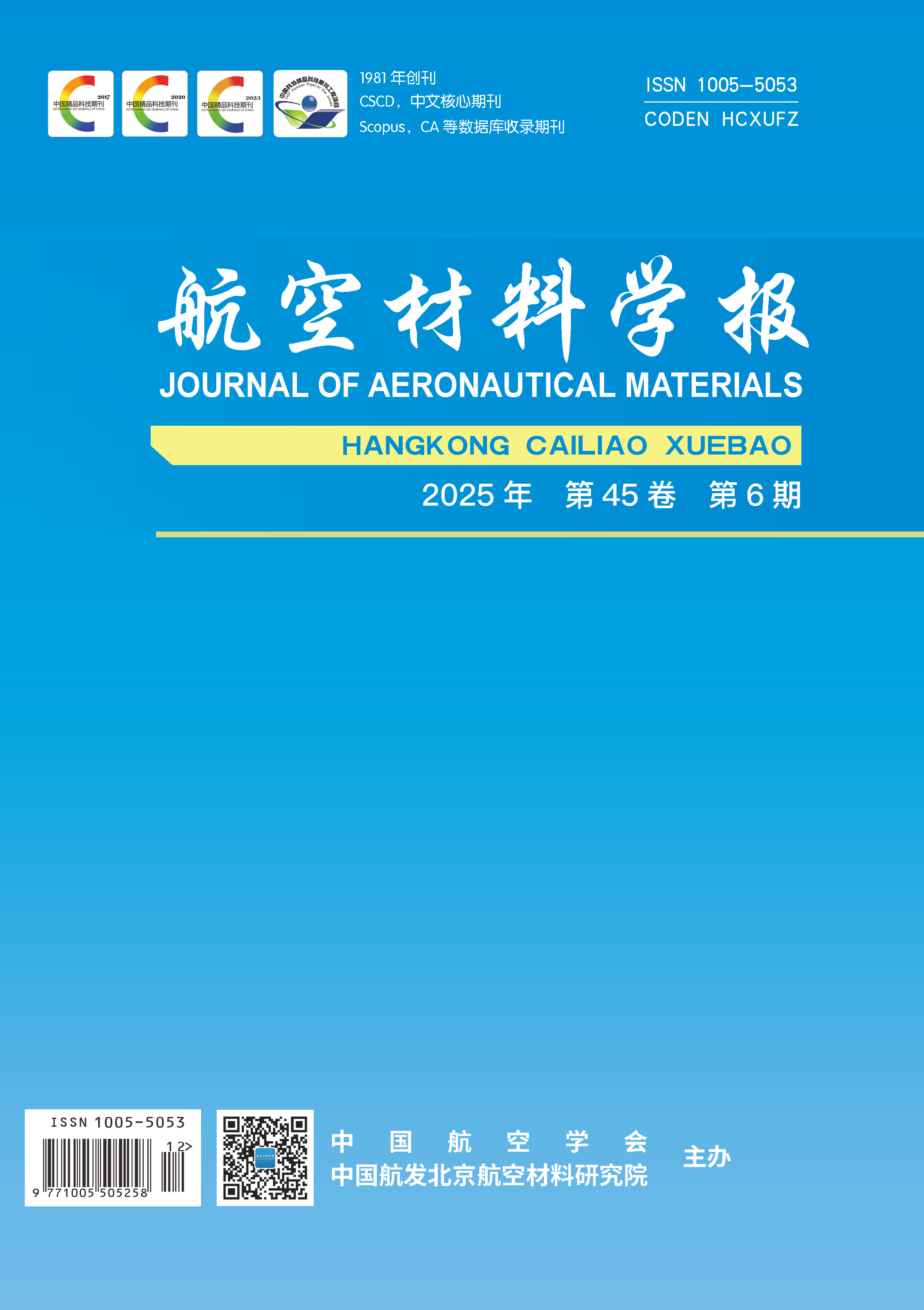Research Paper
LIU Tianyi, LI Chongyang, YU Cangrui, LIU Shibing, SHI Kun, QU Hewei
ZTA15 titanium alloy ingots, containing oxygen levels of 0.08%, 0.12%, 0.16%, and 0.2%(mass fraction), are produced through the levitation melting technique. The effect of oxygen content on the microstructure and mechanical properties of the alloy is examined using optical microscopy (OM), scanning electron microscopy (SEM), and X-ray diffraction (XRD). The results show that all four ZTA15 structures, varying in oxygen content, are typical Weisberg morphologies. As oxygen content increase, the α-phase bunches shorten and their orientation become more disordered. Furthermore, the widths of the α-slats in the four alloys decrease progressively, measuring 3.92, 3.06, 2.49 μm, and 2.77 μm, respectively. Initially, as oxygen content rose, both tensile and yield strengths of the alloy increase, followed by a decrease, with a concurrent decline in plasticity. Notably, the alloy with 0.16% oxygen demonstrate peak yield and tensile strengths of 1037 MPa and 909 MPa, respectively. However, when oxygen content reach 0.2%, a significant strength reduction is observed, primarily due to the formation of a coarse α-phase structure, resulting in the lowest elongation among the alloys.
